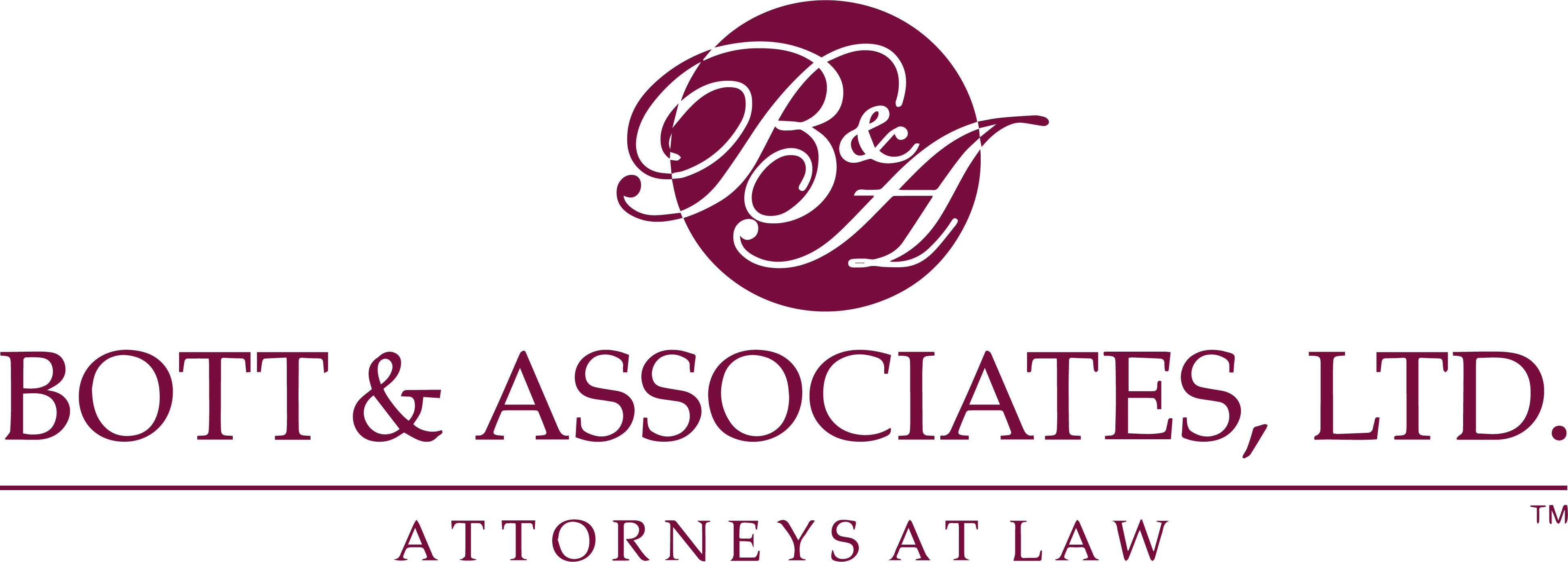The Child Tax Credit is for individuals who claim a child as a dependent if the child meets certain conditions.
The CTC was created in 1997 and has been expanded several times since, most recently in 2020. The COVID-19 pandemic profoundly affected how, where, and when people work. The incredible disruption this caused affected people’s incomes and livelihoods, and the federal government responded by approving pandemic relief legislation that included changes to the child care tax credit.
Recent Changes
The latest of these changes were mandated by the American Rescue Plan Act (ARPA), which increased the maximum amount of eligible expenses as well as the maximum percentage of eligible expenses for which the credit may be taken. ARPA also modified how the credit is phased out for higher earners.
Perhaps the most important changes for eligible taxpayers planning to claim this credit for 2021 is that
- The credit is refundable.
- They can receive 50% of their credit in 2021 rather than waiting until after they file their 2021 taxes in 2022.
It is important to note that these changes are available only for 2021 unless Congress extends them.
Who Can Claim the Credit?
To be eligible to claim the enhanced child care credit, taxpayers must meet all these requirements:
- Have filed a 2019 or 2020 tax return and claimed the CTC in those years.
- Have a home in the United States that they use as their main residence for over half the year.
- Prove they have a qualifying child or children under the age of 18 at the end of 2021.
- Meet certain income limits.
How The Advance Child Tax Credit Works
Eligible taxpayers will receive 50% of their credit in equal monthly installments starting in July 2021. The remaining 50% will be applied on their 2021 taxes after they file next year.
- Children age 6 years or younger may qualify for up to a $3,600 annual tax credit. (Parents and caregivers may receive up to $300 per month for six months, or $1,800.)
- Children between the ages of 6 and 17 may qualify for an annual credit of $3,000. (Parents and caregivers may receive up to $250 per month for six months, or $1,500.)
The advance credit is phased out or eliminated completely for taxpayers whose AGI is above $150,000 for married taxpayers filing jointly and qualifying widows or widowers, $112,500 for those who file as head of household, and $75,000 for single filers or married taxpayers filing separately.
The IRS will make the advance payments automatically for July, August, September, October, November, and December. Eligible taxpayers do not have to enroll.
Taxpayers who do not wish to receive advance payments because they are close to the income-eligibility limits, pay estimated taxes or expect to owe taxes with their 2021 tax return can opt out by using the Child Tax Credit Update Portal on the IRS website and clicking on “Unenroll from Advance Payments.” However, as of now, taxpayers cannot choose to opt out and then change their minds and opt in.
The specific rules relating to this credit, such as the definition of a work-related expense, are complex. Make sure to consult with a financial advisor in Schaumburg, IL, like one from Bott & Associates, LTD, to discuss your specific situation.

